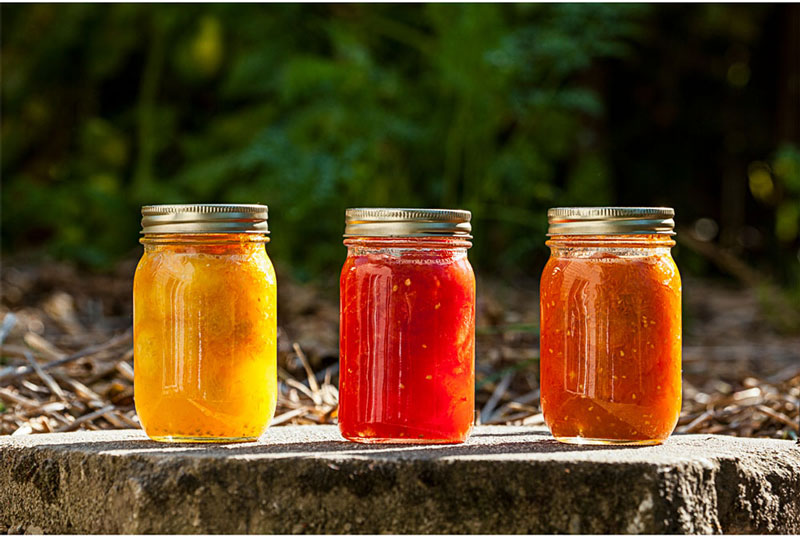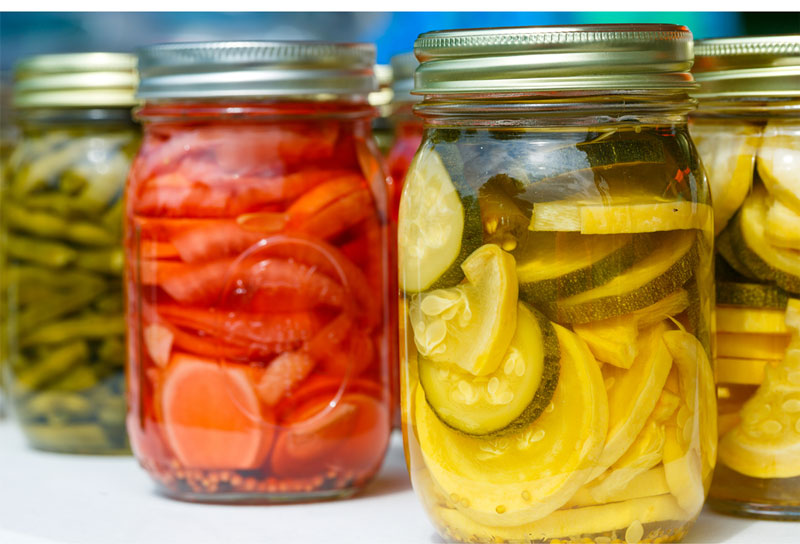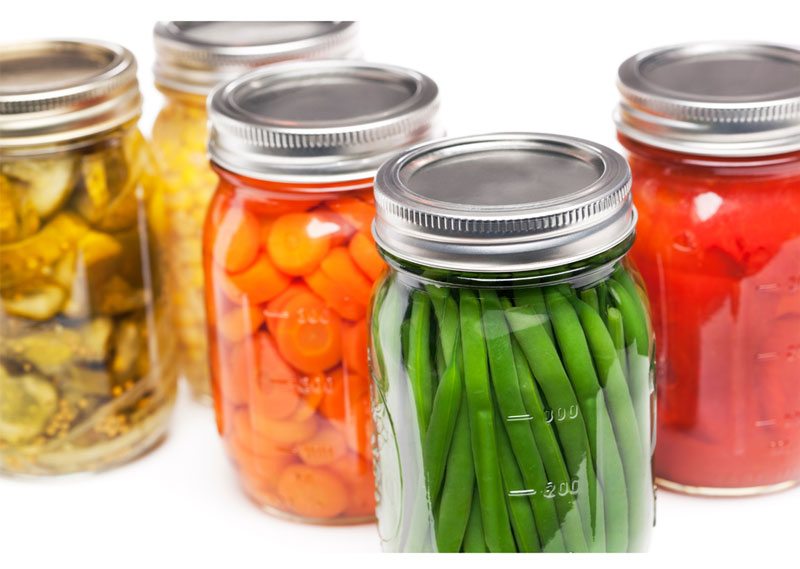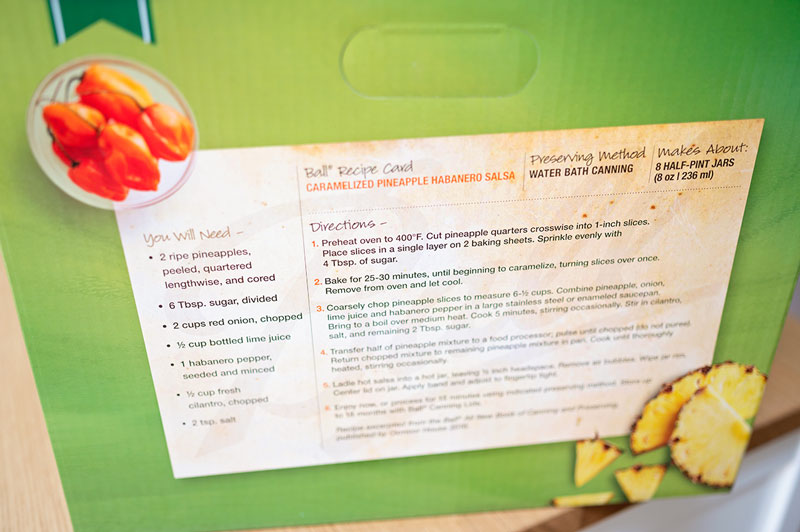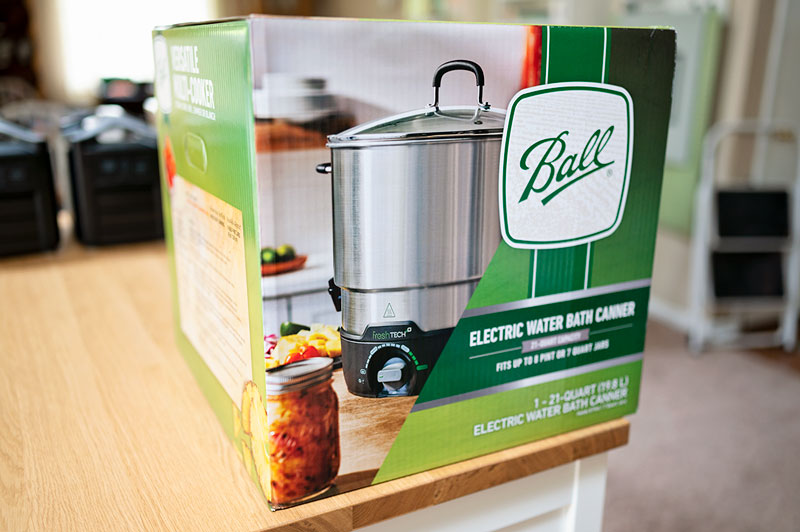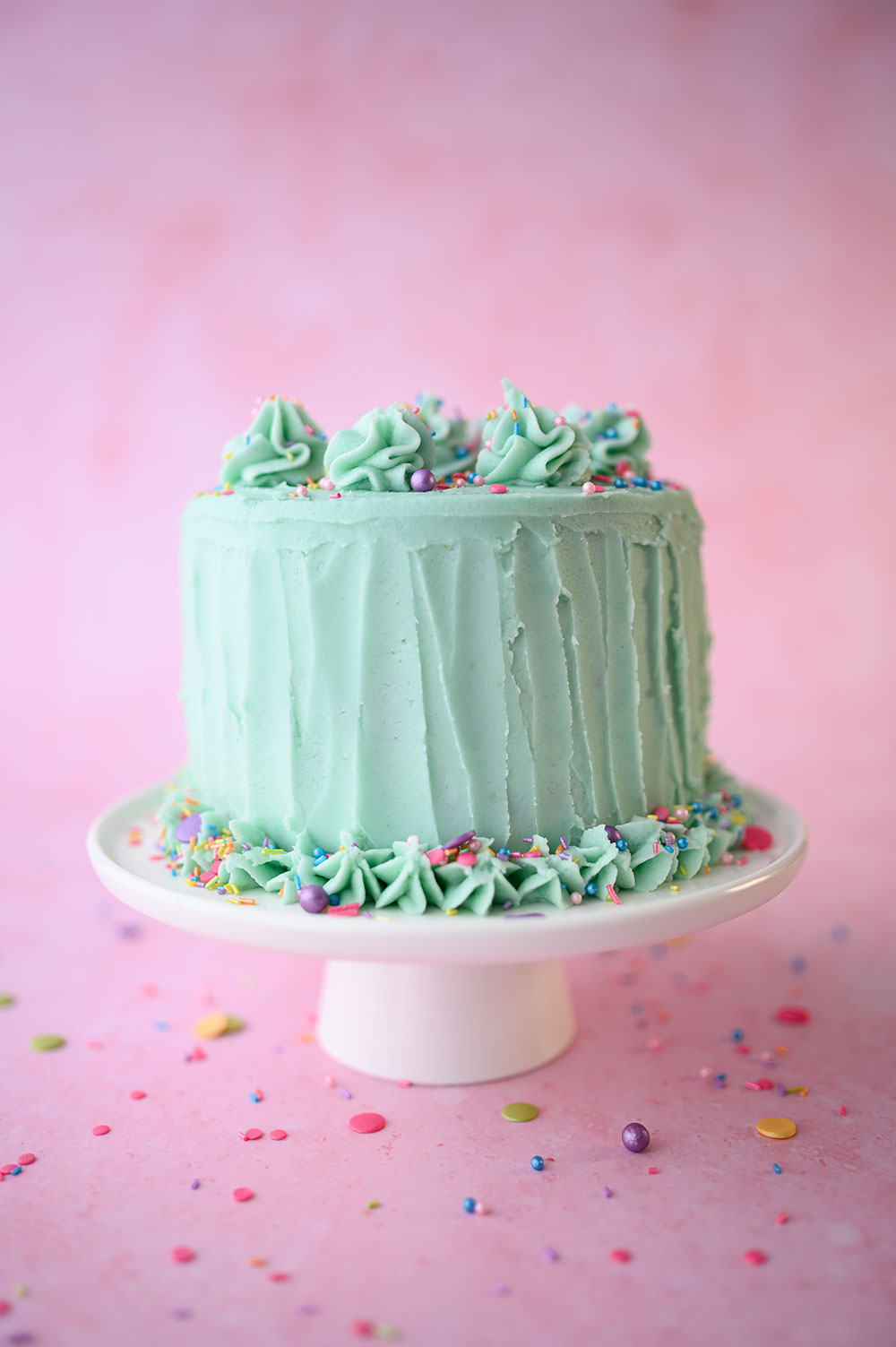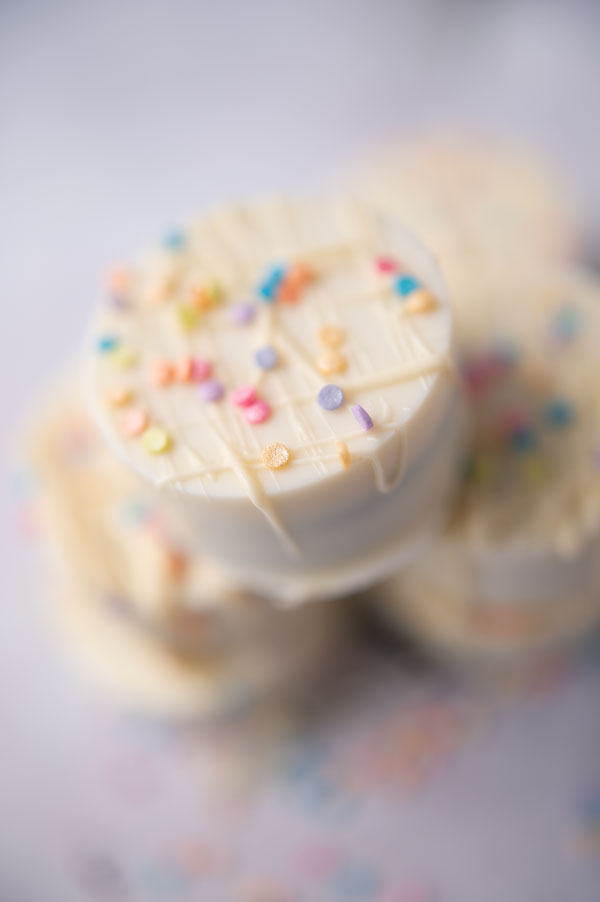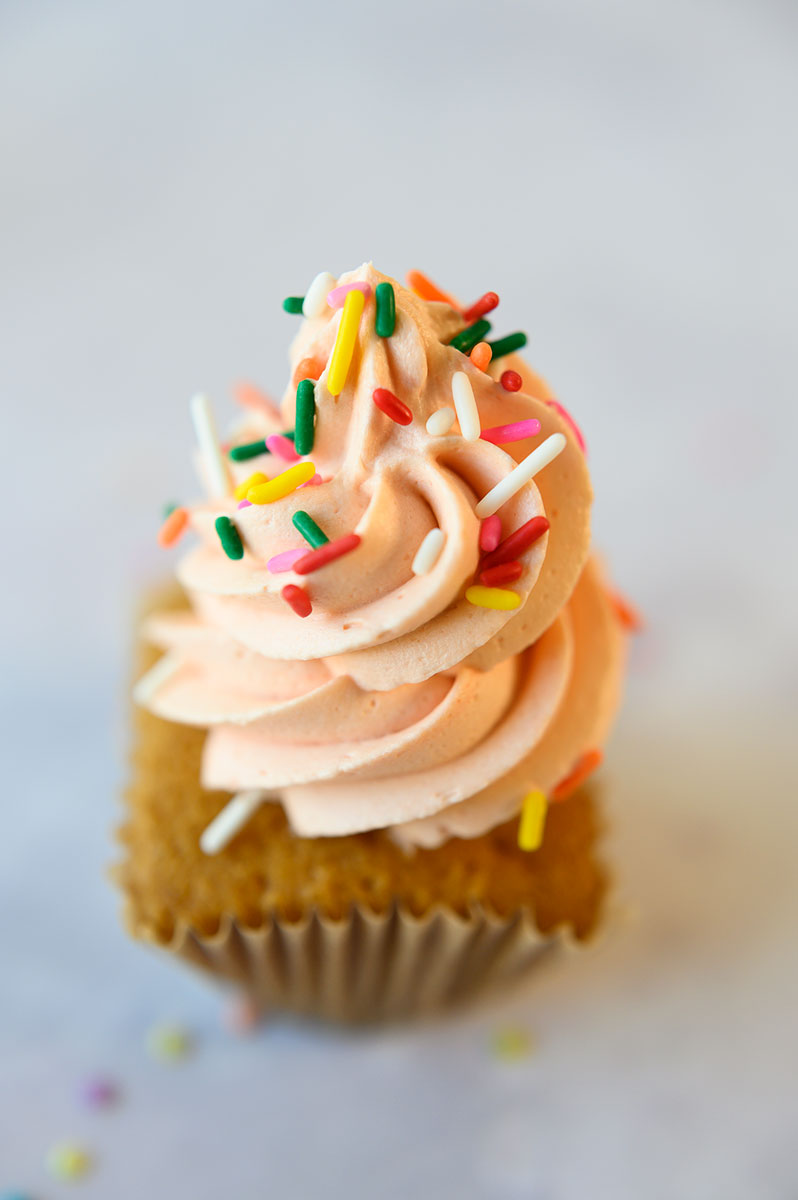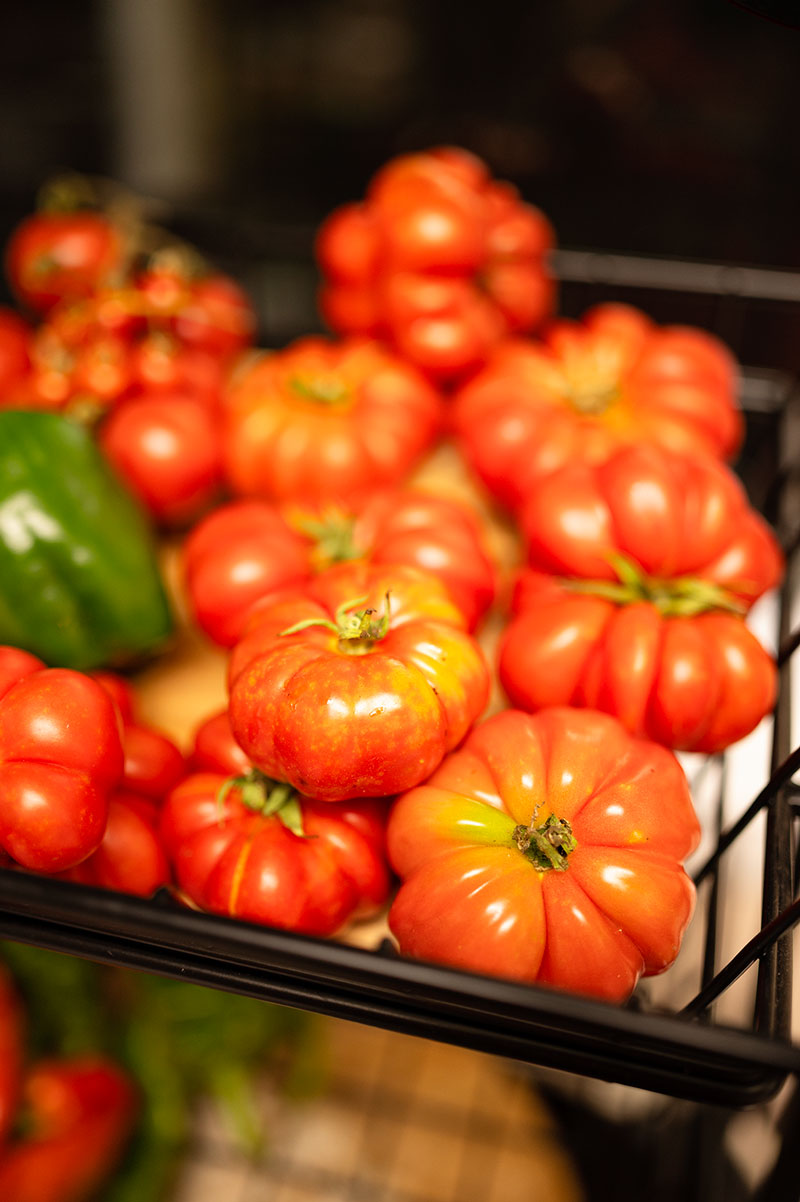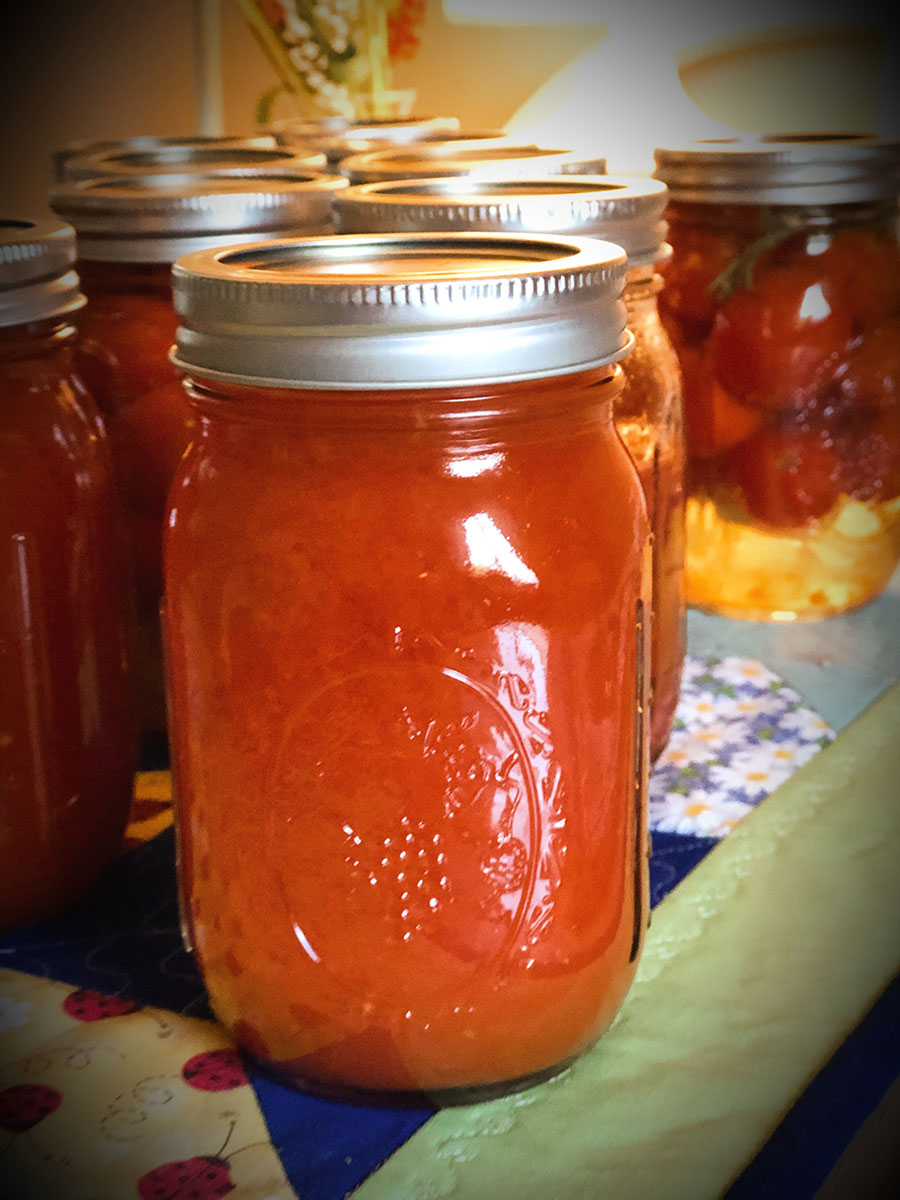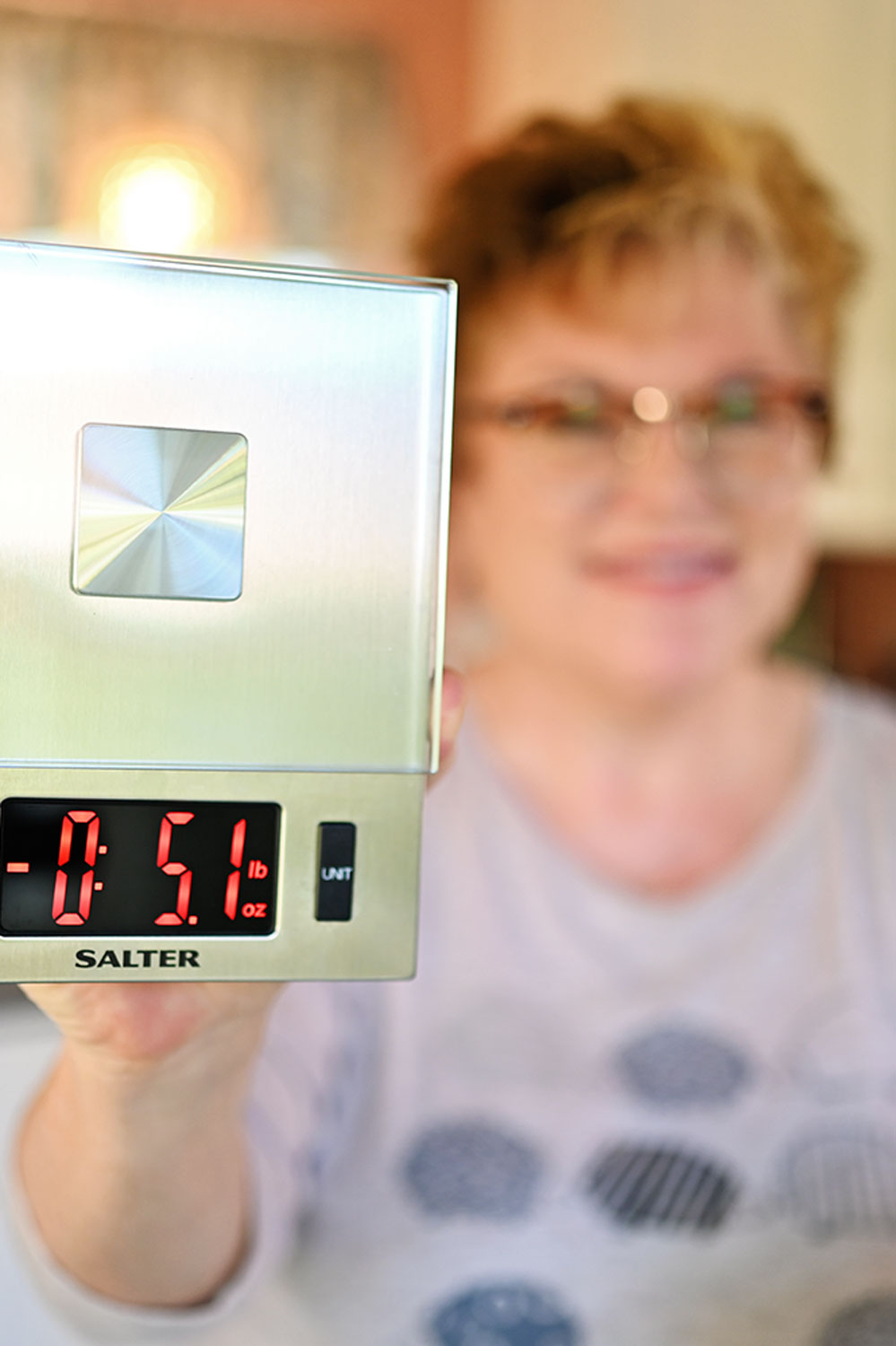Easy Canning
Venturing into the world of food preservation can be daunting. So let’s begin the conversation with something very old school and talk today about easy canning.
As I write this blog post, we are squarely in the middle of 2022, and a lot of us are working on growing gardens and learning about food preservation. If 2020 was the year everyone learned to bake bread, then this is the year we learn about easy canning methods.
Why do we can or preserve food?
Primarily, we can food to keep it from spoiling, and then have it to enjoy it later. Produce has a limited shelf life, so dehydrating, freezing, or an easy canning method is needed to safely preserve that food for later. Safely is the key point in this conversation.
Improperly preserving your food is not only a waste of ingredients and time, it’s dangerous. Improper canning can set up the perfect environment for something called botulism. It sounds scary, because it is. Our “friends” at the CDC define it as follows:
Botulism (“BOT-choo-liz-um”) is a rare but serious illness caused by a toxin that attacks the body's nerves and causes difficulty breathing, muscle paralysis, and even death.
Ok. Read that again. Paralysis and death. These are not things you want to inflict on families or friends. Where does it come from? Improper canning methods.
So please don’t fool around when canning your food. I don’t want to scare anyone, but it’s literally life and death that you do this correctly.
Best Resources for Safe Canning Practices:
- As much as I’m not a fan of the CDC, they have good information and resources on food safety and home canning.
- The USDA publishes what many consider to be the Home Canning Bible, so take some time to review the information there. It’s very thorough and pretty interesting. Recipes are embedded in the information.
In a nutshell, botulism happens in a low acid, low oxygen environment. Different types of produce and other foods have different amounts of acid in their makeup. This is why some foods need to be pressure canned and some foods can be water bath canned. They are very different methods for different foods and varying amounts of shelf life. I use water bath canning recipes and that’s what we are going to talk about here. Water bath canning is reserved for high acid foods and pressure canning is required for low acid foods.
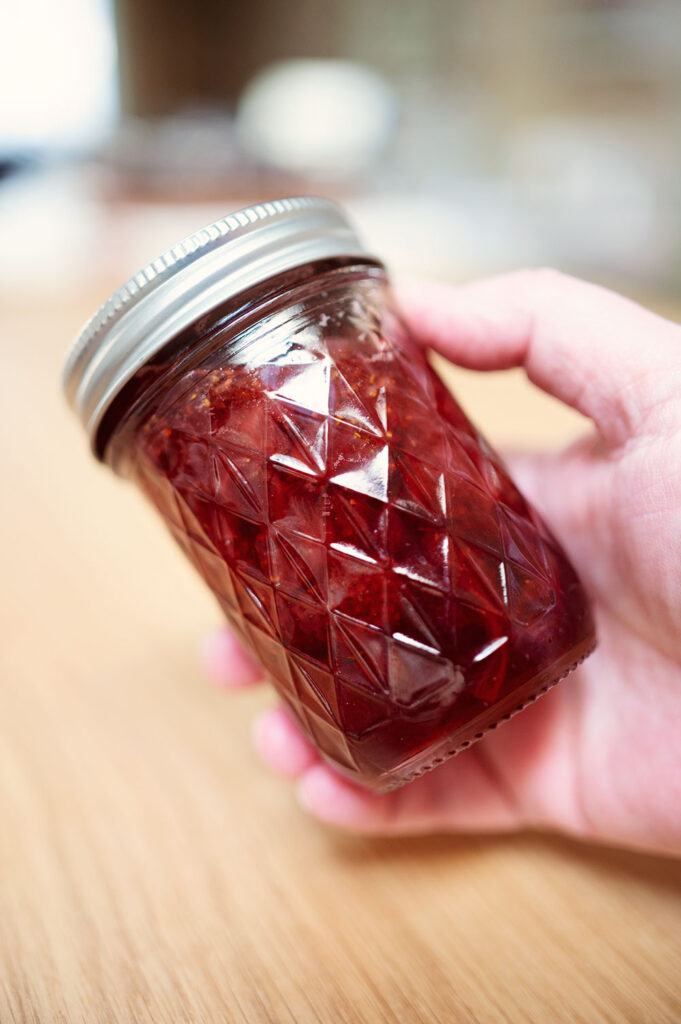
What is water bath canning?
Essentially, water bath canning is a canning method where jars of food are submerged into boiling water for a specified amount of time. The boiling water both seals the jar and heats the food to a safe temperature. It requires specific recipes with proper acid content for safety.
What is safe to water bath can?
- Citrus
- Berries
- Tree fruits such as apples, peaches, pears, and plums.
- Other foods are safe with added acid, such as pickles, relishes, jams and jellies, conserves/preserves, fruit butter, and sauces which follow a specific canning recipe.
What about tomatoes?
From Iamcountryside.com: Our grandmothers canned tomatoes without additional acid but the rules have changed. New lower-acid tomato varieties upset the safe balance. To be sure you’re not endangering your family, always can tomatoes with additional acid such as lemon juice, vinegar or citric acid. Refer to a trusted canning recipe for correct measures.
What is the best way to achieve easy canning nirvana?
- I recommend a small appliance called an electric water bath canner. (affiliate link) If you set up with large pots of boiling water on the stovetop, you run the risk of cracking a glass top stove, depending on how large the pot of water and jars is used.
- Use updated recipes from trusted sources and authors.
Tested and trusted recipe and guide books are indispensable resources for safe and easy canning.
- Water Bath Canning by Renee Pottle (affiliate link) shares artisan quality recipes for everything from strawberry jam to BBQ sauce. I love this book and have made several recipes so far.
- The All New Ball Book of Canning and Preserving (affiliate link) is a must have if you want to start your journey into food preservation. It covers canning methods as well as dehydration techniques. This book is worth its weight in gold, and is written by Ball, the creator of those famous mason jars we all know and love.
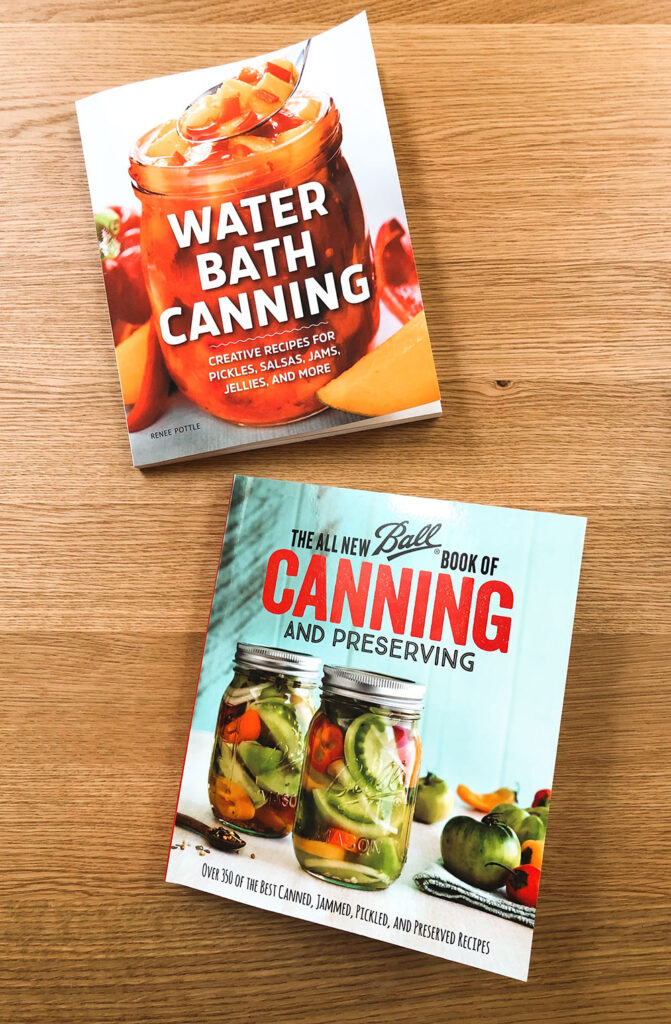
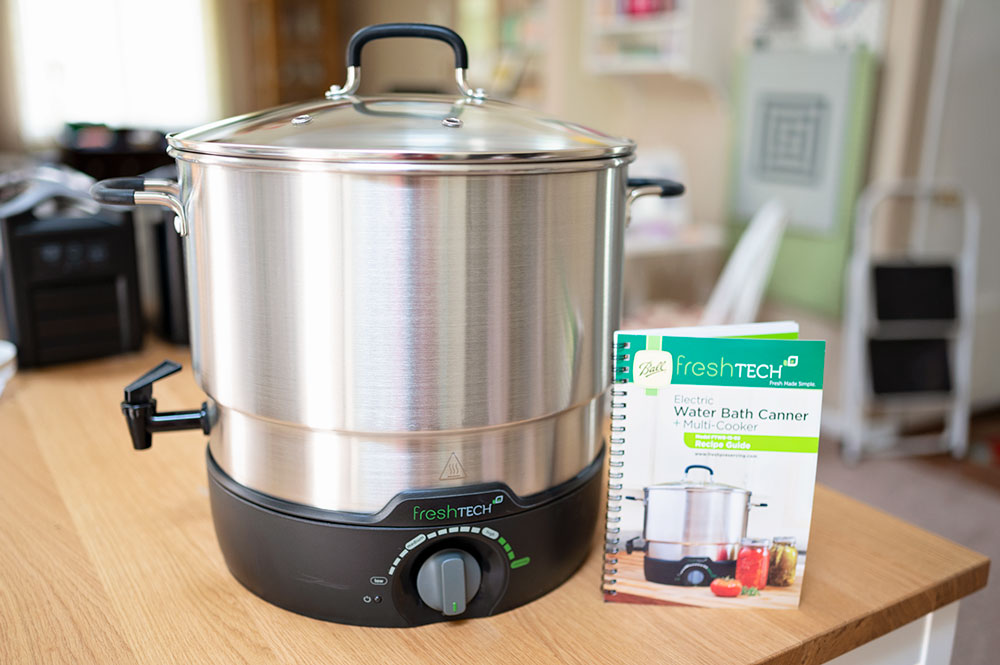
What is the best appliance for easy canning?
I recommend the Freshtech electric water bath canner AND multi cooker (affiliate link). I absolutely LOVE this thing. Having an electric outlet on my rear patio, just off the kitchen lets me set up the canner outside and keeps the heat of the boiling water out of my kitchen. The spout easily drains the water to keep me from having to carry a heavy pot. It even steams veggies and seafood and will cook big batches of soup.
Note this appliance is designed and produced by Ball, the industry leader in canning. So I feel confident using this product to preserve my food.
What surprised me about the Freshtech water bath canner?
- First of all, I was kind of shocked my how large an appliance it is. This thing is YUGE! 🤩
- It’s also heavy and well built.
- The multi cooker is easy to set up and use.
- Freshtech makes canning the recipes easy and canning multiple recipes in one day is more efficient than stove top canning.
It’s a quality appliance and now that I have it, I understand the price point. Though when I first found this canner it was only $99. That was in 2019 when I first became interested in canning my own jams. Then when 2020 rolled around, the canner went out of stock and it stayed out of stock until I found it again in early 2022. By that time, it was up to $150, which was a painful amount of money to spend on this, but now that I have it I do believe it’s worth the money.
Recipe on the back of the box The front of the canner box
Canning methods and recipes have come a LONG way.
I grew up on a small farm in the 70s and 80s. My dad grew a mega garden and we ate from it all year. We canned everything extra in wide mouth quart jars and used them all winter. I helped pick, prep, and process everything from tomatoes to hot peppers. And I absolutely hated it. Let me explain.
I loved the garden, but I despised the canning. And I didn’t love the food we ate from it.
Mom and dad pressure canned everything and loaded the jars with salt for a preservative. Everything was blasted into mush and the only flavor left was the salty brine the veggies were cooked in. And the actual processing was a chore. We had to prep literally bushels and bushels of produce. I snapped beans or shelled butter beans for hours on hot August afternoons in the barn day after day.
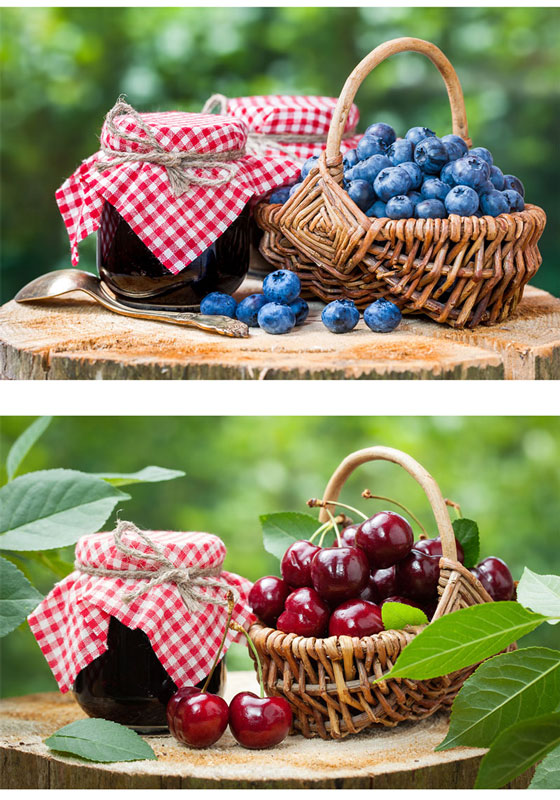
You’ve come a long way baby!
Forty years later and canning recipes and methods have been greatly updated. Recipes now are written for considerably smaller batches. So instead of bushels of produce as was common for those living rural lifestyles, today’s recipes and methods cater to home or hobbyist canners.
The recipes in the books I referenced earlier are ideal for smaller home gardens or farm markets, or even grocery store produce. There is nothing wrong with making jam from fruit purchased in the grocery store. If you are blessed with farmers that sell direct to the public, then take advantage of that incredible produce for your canned goods.
I live just north of the agricultural zone here in Virginia Beach, so we are blessed with an abundance of heirloom and other farm fresh produce. Canning seasonal produce is an incredible joy!
So while the updated recipes use a significantly smaller amount of produce, it’s still a LOT.
Tomato sauces generally require approximately 5 pounds of produce per 1 quart jar. You will core, blanch, peel, cook, run tomatoes through the food mill, cook the sauce and after all of that finally can the sauce. You will appreciate a commercial pasta sauce with new gratitude after this exercise. But…you will also savor your own home canned creations like nothing else you’ve eaten.
The home canned recipes have a freshness that can’t be replicated in commercially prepared foods. And once you’ve started using the water bath canner, you will be hooked on canning!
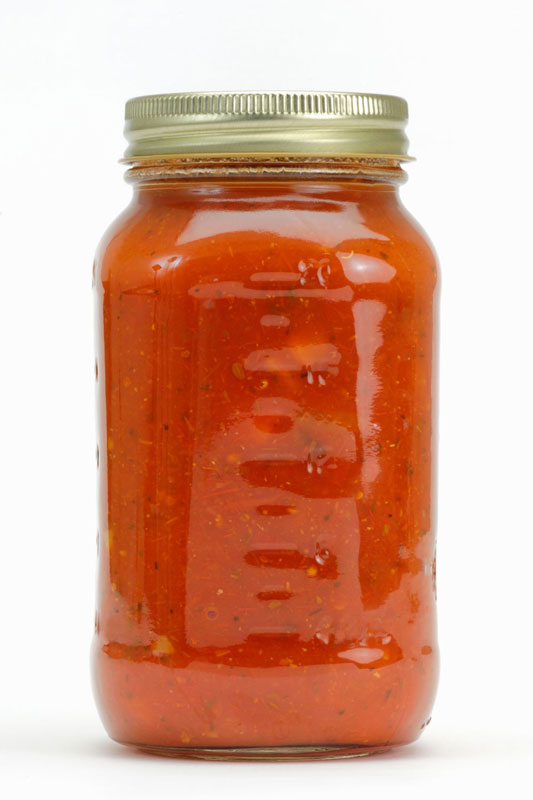
Ok, Patty, I thought you said this article was about EASY CANNING methods
While I understand this sounds over whelming, and you might be a little confused about where exactly the easy part comes in. Consider this; when you were 15 and started studying for your driver’s ed exams, didn’t it feel totally over whelming? Remember the abject terror you felt the first time you pulled into traffic on the road with all those unsuspecting drivers? But now you can do it without even thinking. Driving is like second nature, and you can easily scoot to the store for canning supplies and produce almost without even thinking about it.
The point is that trying to follow the rules of something new always feels like a LOT the first couple of times you do it. Canning is no different. In future posts we’ll talk exactly about the steps to follow to successfully and SAFELY water bath can.
How to successfully water bath can
- Work from tested and approved recipes. The books shared earlier and fantastic resources as is the Ball website.
- Have new or carefully inspected mason jars to use. That old pickle jar is not going to be safe for the temperature in a water bath canner, but you might be able to recycle a pasta sauce jar depending on the brand. Classico uses Mason jars in their packaging so if the jar is in good shape, you should be able to use it as a quart sized mason jar.
- Make sure to use quality lids, and do not reuse lids when water bath canning. Bands may be reused. I spend the extra money and buy only Ball brand lids. Too many people in canning groups report failures from using those cheap, made in China lids sold on Amazon. Do you really want to be in a situation where you are relying on your canned good to feed your family in an emergency only to realize all the lids have failed and all your hard work is spoiled?
- Follow the directions in the recipes exactly. Canning is even more exacting than baking! Each recipe will not only explain how to prepare the food, the recipe will included the canning times and instructions. Do not adjust this in any way. Also, do not double the recipe to save time.
- While you can tie up your stove and run a large burner for hours boiling water, you can also invest in the Canner appliance I recommended earlier. It’s perfect for multiple batches throughout the day and it keeps consistent temperatures. And it’s optimized to use less electricity than your stove top.
- Water bath canning is definitely easier than pressure canning. There are tons of different pressure canners and getting to and maintaining pressure can be tricky. I see people reporting these issues every week in my canning groups. But with water bath canning, you simply bring the water to simmer, submerge the prepared jars and boil for the specified time. With the Freshtech appliance, you literally turn the dial to prescribed setting and canner does the work for you.
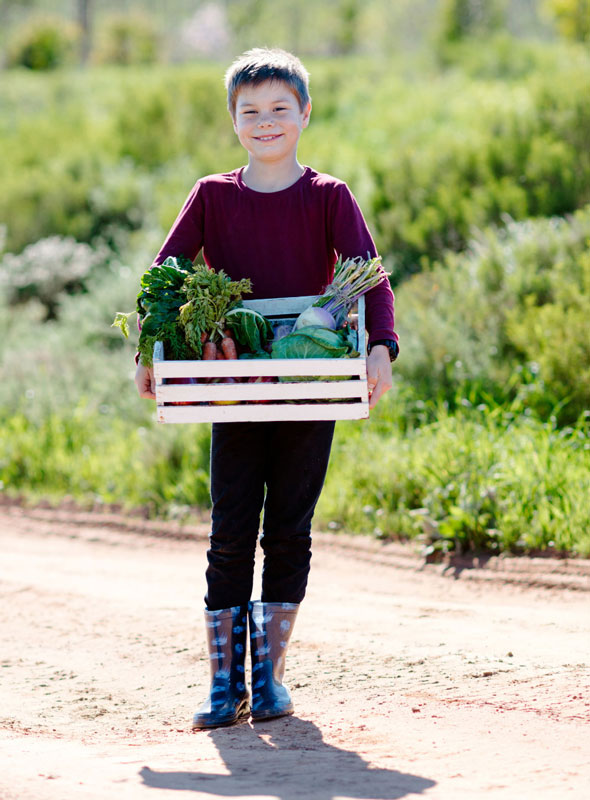
Go forth and take full advantage of those U Pick farms!
Driving to the countryside to enjoy U Pick farms is a great way to involve your children in the process of food preservation. What child doesn’t look forward to strawberry picking every summer? Now you can enjoy those beautiful berries all year long by preparing them into jams that can be eaten in the heart of winter.
What could be better than toasting home baked bread on a cold January morning and topping it with canned sunshine from last summer in the form of strawberry jam?
I hope that clears up some misconceptions or confusion regarding the home canning process. This is the first article in a series on home canning and I do hope you will stick around for the coming articles. In future stories we’ll discuss the variety of jars available and what to use when, we’ll look at the tools needed for home canning and I’ll share a few of my favorite canning recipes. All from approved texts, of course!
Until then, happy gardening!
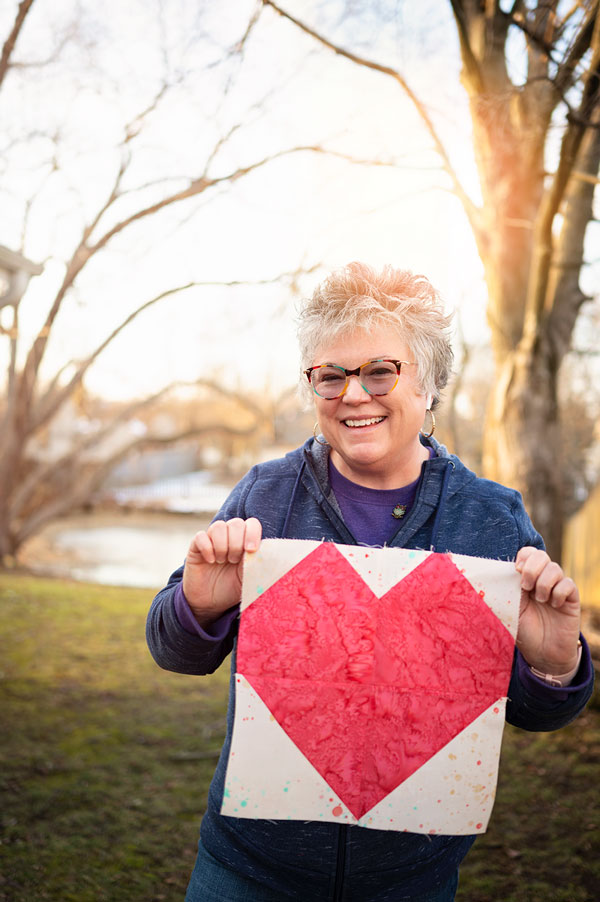
Hi! I’m Pattymac
Canner, Maker, Baker
I’m a creative lifestyle blogger living my best life in Coastal Virginia. When I’m not quilting a new project or tending to my ever expanding container garden, you can find me munching home baked cookies at a mid week matinee of a classic movie.


